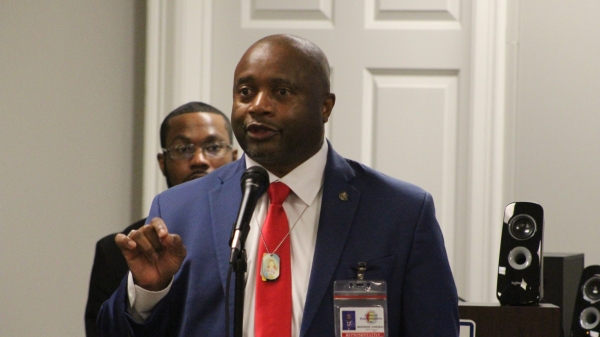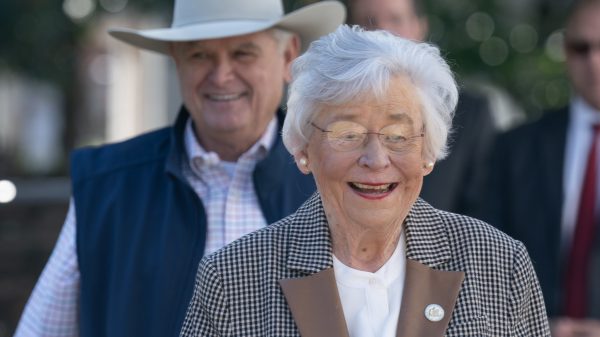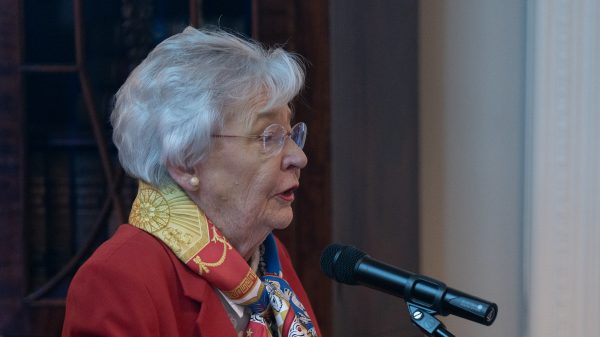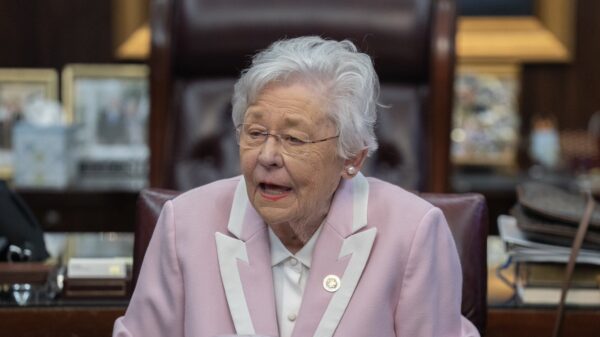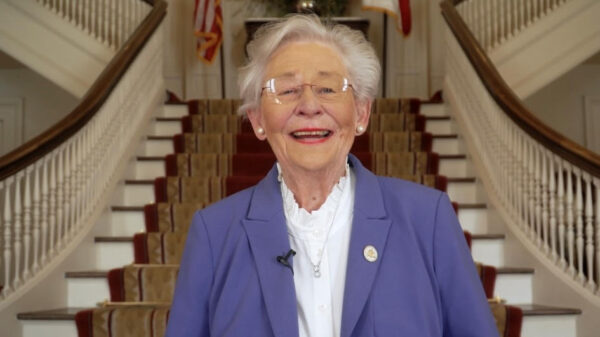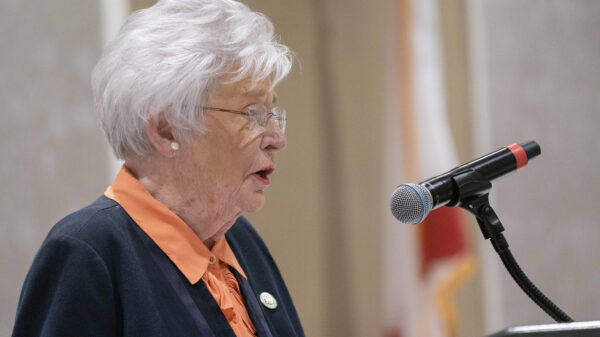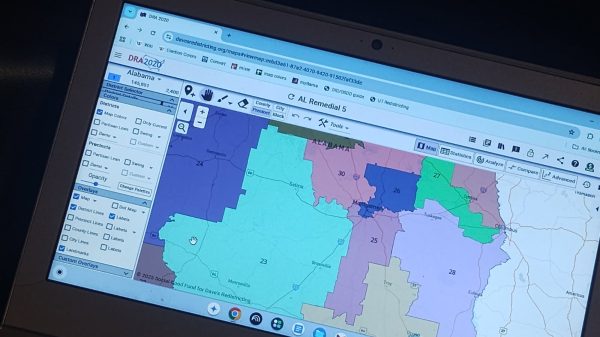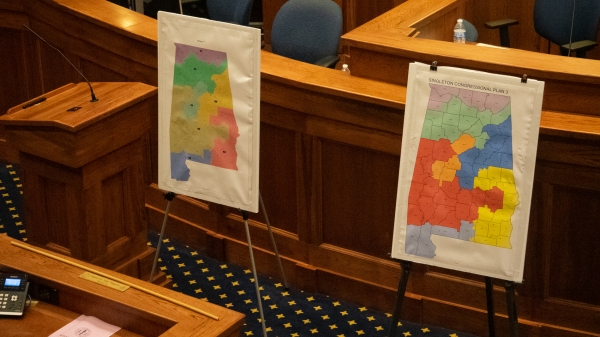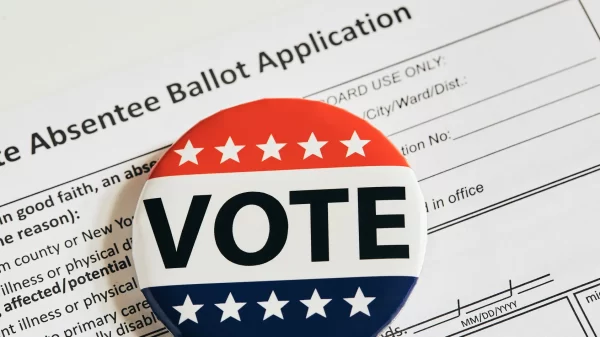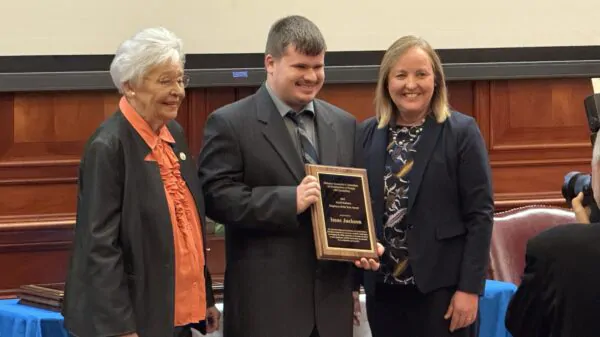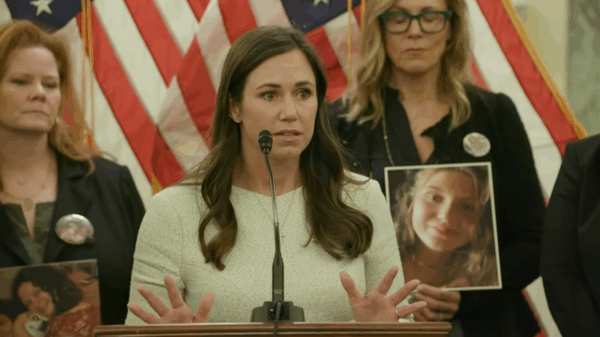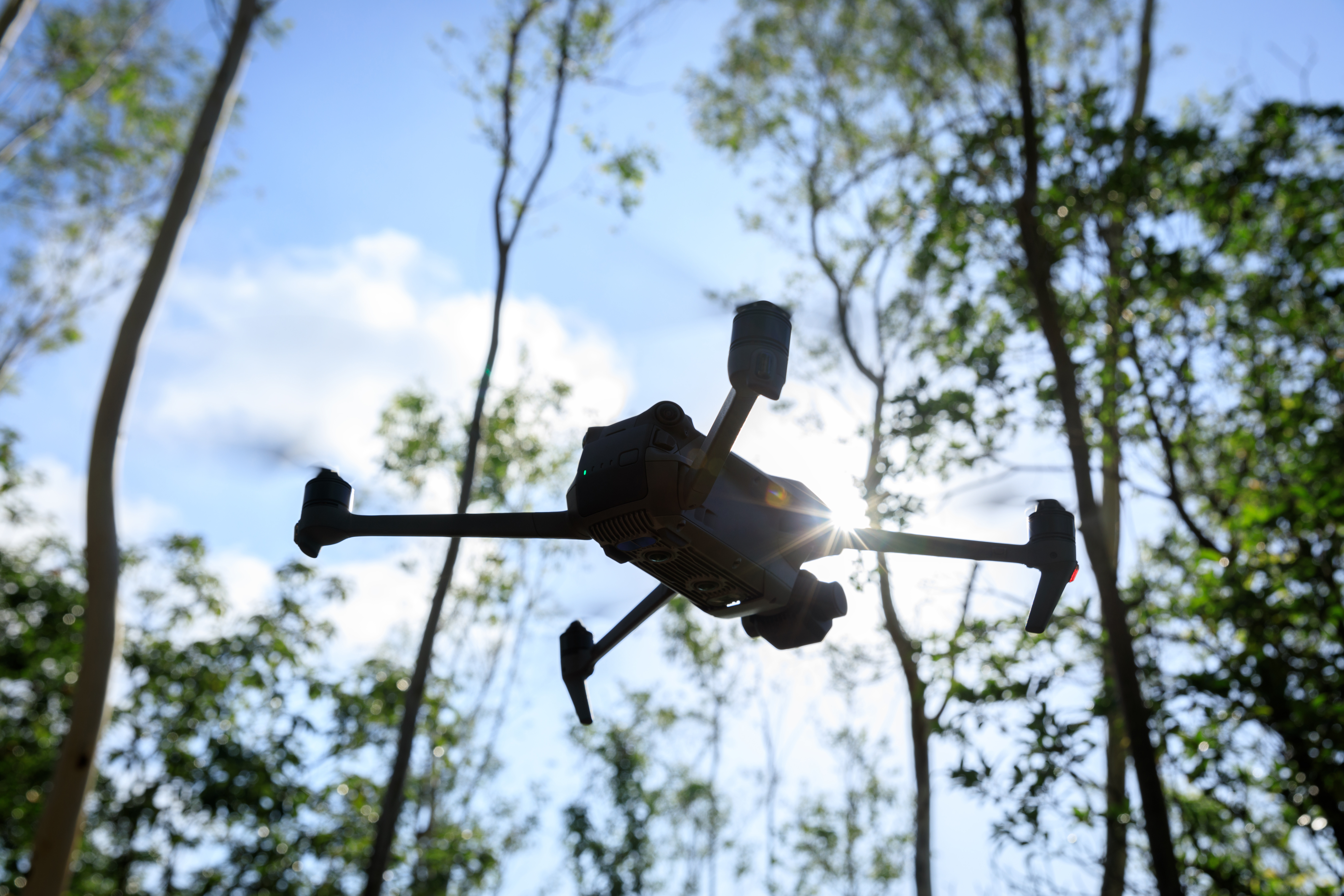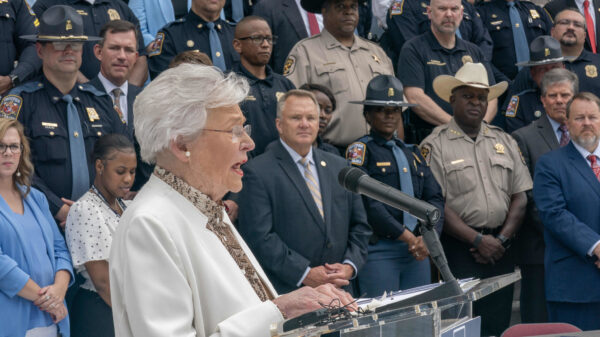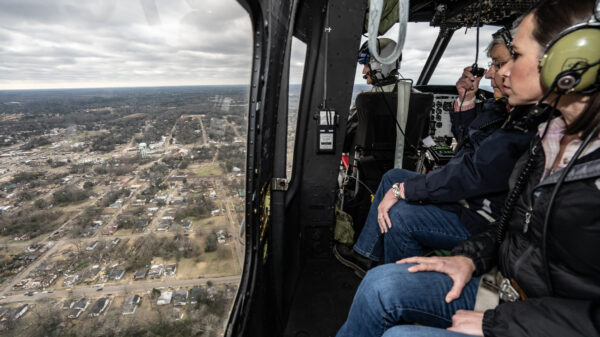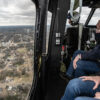The Alabama Unmanned Aircraft System Study Commission heard testimonies on various uses of drone technologies during its meeting on Tuesday.
The commission was established by House Joint Resolution 226, which was passed during the 2025 legislative session. Its inaugural meeting was held last month.
The resolution, sponsored by Representative James Lomax, R-Huntsville, founded the commission to “evaluate the use of drones within this state, the vulnerability of drones to unauthorized transfer of data by hostile actors, any practices or protocols necessary to secure sensitive data, and the feasibility of alternatives to current foreign-sourced drones.”
A study detailing the commission’s findings is due to the legislature no later than the fifteenth day of its 2026 session, after which the commission will be dissolved.
Guest presenters spoke before the commission regarding current and planned uses of unmanned aircraft technologies in private and public entities as well as ensuring the secure transmission of information gathered by drones.
Commission member Matt Sloane, the co-founder and chief strategy officer of AI and drone technology company Skyfire AI, introduced guest speaker and Senior Logistics Analyst at CVS Health Joshua Wright.
Wright discussed CVS’s planned and implemented uses of drone technology for medical supply transportation logistics as well as for responding to emergency medical events and natural disasters.
According to Wright, CVS is currently investigating drone usage for pharmacy-to-pharmacy, lab-to-clinic and hospital-to-hospital medical supply transportation.
The company is also looking into how drones may be used to respond to emergency medical needs in communities, including defibrillator deliveries for heart attack victims, as well as Narcan for responding to opioid overdoses.
“We think we have the potential to move [the] national standard of survivability for out-of-hospital cardiac events from a dismally low 8 to 10 percent, where it has been since the 50s, to somewhere in the 30 to 40 percent survivability range, which would be huge,” Wright said. “The science is there, and we’re hoping to sort of prove that soon.”
Sloane highlighted that CVS has locations within three miles of 80 percent of the U.S. and pointed to the company’s potential to combat health disparities in rural communities using drone technology.
“When you consider the idea of delivering a defibrillator via drone, where EMS might take you know 30-plus minutes to get there and we can, you know, do it with a program like this in under three, that’s really pretty remarkable and lifesaving,” Sloane said.
“We see huge potential here for us basically to be able to potentially break up pharmacy deserts and healthcare deserts,” Wright added. “We think we’ll be able to reach back into communities where the economics haven’t worked for a really long time, and maybe we can get back in those communities and reconnect them.”
Wright also highlighted how CVS has implemented drones to work against interruptions in pharmacy operations and medication access following natural disasters.
He explained the company has utilized unmanned aircraft technology to improve data gathering before and after natural disasters such as Hurricanes Milton and Helene last year.
According to Wright, better information on which areas would be most impacted by natural disasters has allowed CVS to strategically place response teams and allocate emergency supplies in anticipation of natural disasters, shortening disruptions in store operations and patient pharmaceutical access. Wright said this preparation allowed uninterrupted patient access to IV drugs produced by CVS’s Coram specialty infusion pharmacy, despite the facility being hit by flooding.
Meanwhile, Wright said CVS expects its community emergency response and medical transportation logistic drone capabilities to be operational, beginning in Michigan, between the end of 2025 and the beginning of next year.
“The way we’ve built our model, it gives us, in theory, the ability to scale fairly rapidly and thoughtfully,” Wright said.
“Of course, there’s gonna be regulatory challenges. There’s regulatory challenges, because part of what we’re envisioning here is—are things that regulatory bodies maybe haven’t considered for one reason or another,” he continued. “There’s a bunch of things we’re going to have to work out, but we’re trying to set the standard, the gold standard for safety.”
Commission Subcommittee on Procurement Chair Chad Tillman introduced guest speaker and Texas Department of Public Safety Special Agent Benjamin Tristan.
Tristan is also a training instructor for the Dragonfish drone series, produced by Autel Robotics. He serves in the public safety department’s Criminal Investigations Division, focusing on electronic surveillance, including the use of drone technology for criminal investigations and search and rescue operations.
“We had a huge success with drone technology in the floods that we recently had this past summer, as well as various hurricanes,” Tristan said.
Tristan explained that the department’s fleet of unmanned aircraft includes over 300 drones and pilots.
He went on to speak before the committee regarding electronic network security in drone operations.
Tristan said that while there is little documentation of the existence or purpose of “nefarious activities” where outside entities attempt to gain access to sensitive information gathered by drones, government bodies may protect information collected by drones that they deem sensitive by using U.S.-based drone operation software as well as closed access networks or third-party U.S.-based servers.
“There’s multiple different avenues that can be utilized to try and safeguard the information, if it is information that needs to be safeguarded,” Tristan said. “Most of the time, you know, mapping a crash or searching for somebody that’s lost in the woods, there is little to no risk. You know, it’s not considered sensitive information where the drone is operating.”
Tristan also expressed the importance of acquiring a diversified roster of drones produced by multiple manufacturers.
“Our fleet’s very diverse. So, if one, you know, if one manufacturer has an issue or maybe if there’s a firmware—there’s bug or there’s a glitch, we make the decision, ‘hey, we’re gonna ground those, pull those offline,’” he said. “The daily missions can still be conducted. There’s another platform, another manufacturer that can pick up the slack or handle those tasks.”
Lomax said the committee’s next meeting is planned to include a demonstration from the Alabama Law Enforcement Agency on their utilization of drone technology.





